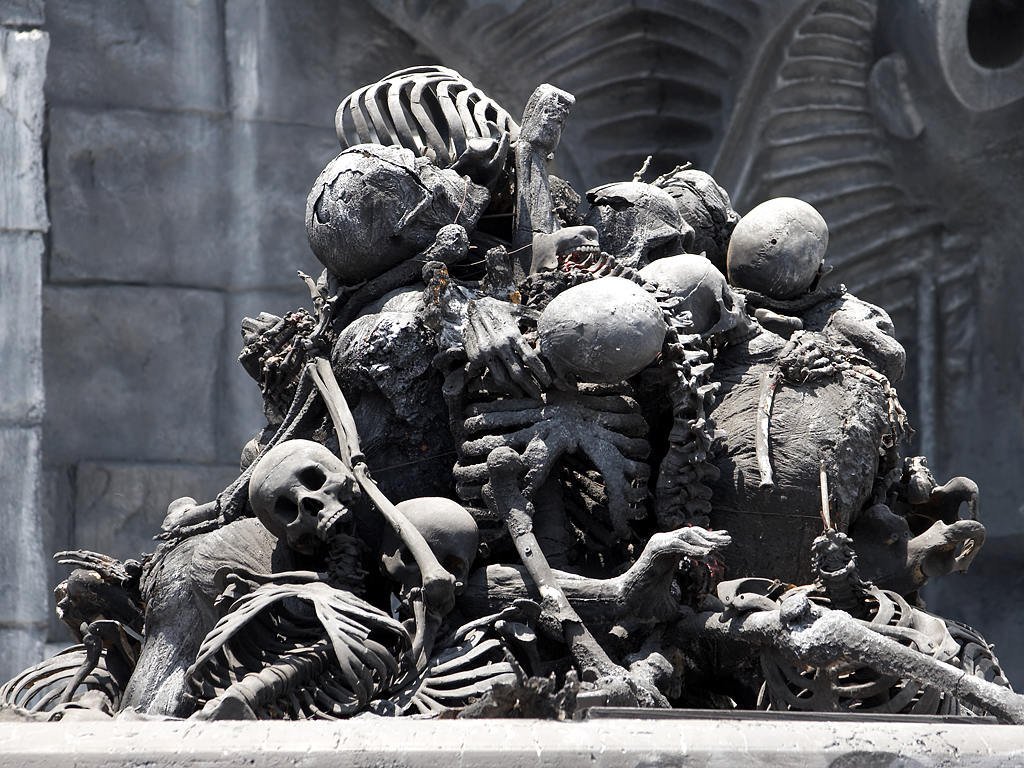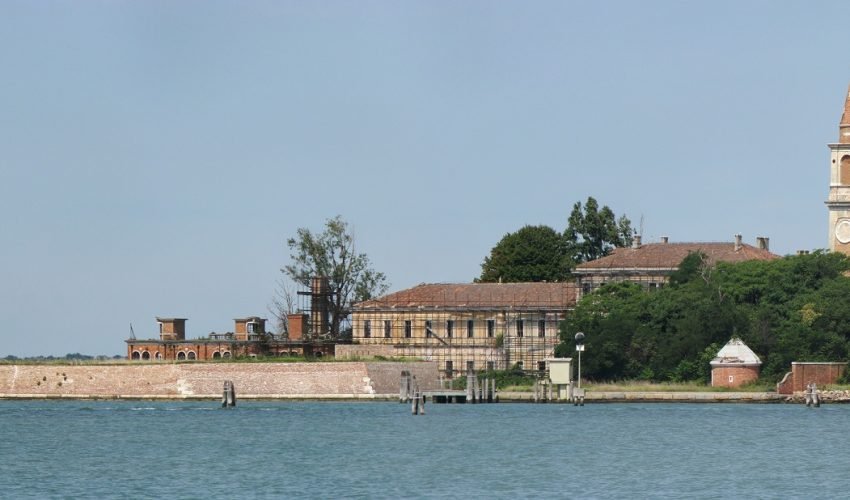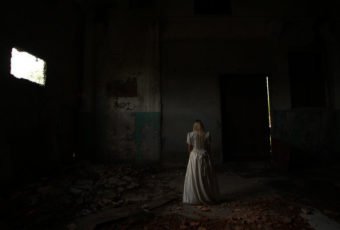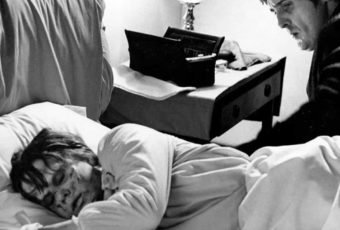Imagine an island nestled between Venice and Lido in the Venetian Lagoon of northern Italy. An island that first appeared in historical records in 421, populated until the 1370s, and then transformed into a quarantine station for the bubonic plague in the 1700s. This island, known as Poveglia Island, later served as a mental hospital.

Over 100,000 people are believed to have died here, their spirits allegedly haunting the island to this day. Despite being off-limits to visitors, Poveglia Island has captured the imagination of ghost hunters and paranormal enthusiasts worldwide. Its dark history has been explored in numerous articles, documentaries, and paranormal shows. In 2015, a private group, Poveglia per Tutti, even hoped to raise €25–30 million to transform the island into a public park, marina, hotel, and museum. But the question remains: would you dare to visit?”
History of Poveglia Island
In 421, people from Padua and Este sought refuge on Poveglia Island to escape barbarian invasions. The island’s population fluctuated over time, governed by a designated Podesta. In 1379, when the Genoan fleet attacked Venice, Poveglia’s residents were relocated to Giudecca. The island remained uninhabited in the centuries that followed, with only a Cavana, a church, a hospital, an asylum, and a bell tower standing as remnants of its past.
Poveglia Island – Island of Death
Poveglia Island’s dark history predates the Black Death. During the Roman Era, it served as a place to isolate plague victims from the general population. The major bubonic plague that struck Italy began in 1437 and reached Venice by 1348. Half of the Venetian population contracted the disease, and none survived.

Officials deduced how the disease spread and realized the need to separate the sick and dead plague victims from healthy individuals. Consequently, two large burial pits were constructed for the corpses outside the main city.
The city introduced the concept of a lazaretto in the early 1400s, a hospital designed for the quarantine of affected and potentially ill people. Lazzaretto Vecchio, a small island, housed the first such institution. An excavation on the island revealed more than 1,500 skeletal victims of the bubonic plague buried in the pits.
During the medieval era, the plague swept through Europe, killing nearly two-thirds of the population. Poveglia and other islands served as quarantine zones and dumping grounds for the dead. Some communities, in an effort to protect themselves, began shipping away anyone who showed symptoms of the disease. People were forcibly taken to Poveglia and left to die among piles of rotting corpses.
Today, the only people who dare to visit Poveglia Island are those who go there to harvest grapes seasonally. The grapevines thrive in the ash-filled soil, as more than 50 percent of the island’s soil is composed of human ash.
Why Is Poveglia Island Off Limits?
A psychiatric hospital was built on Poveglia in the early 20th century. With the arrival of mentally disturbed patients and the privacy afforded to the doctors, the island’s legend began to grow as people sought to avoid the place. Over time, stories about the inhumane treatment and experimentation on patients started to reach the outside world.

One particularly disturbing legend tells of a deranged doctor who worked at the hospital and performed lobotomies on numerous patients against theirwill. The process was incredibly painful and inhumane, involving hammers, chisels, and drills used without any form of anesthesia. The doctor saved his darkest experiments for special patients, whom he took to the hospital’s bell tower. The screams of those being tortured could be heard across the island, and some say they can still be heard to this day.
The patients and staff finally abandoned the island in 1968, and it has remained unoccupied since save for the alleged presence of hundreds of thousands of ghosts. The remaining buildings are slowly crumbling away with time.
Human bones still wash up on Poveglia’s shore. With more than a hundred thousand plague victims and mental patients buried on the small island, it comes as no surprise that human bones continue to wash up on its shores. This fact alone is enough to keep visitors and potential buyers away. In fact, even fishermen avoid the island to stay safe from the curse of Poveglia Island.
Visiting Poveglia is illegal, making it one of the world’s most restricted places. The government has attempted to auction off the island several times, but Poveglia Island remains uninhabited and unsold to this day.
Quick Facts about Poveglia Island –
Q: Why is Poveglia Island considered haunted? A: Poveglia Island is considered haunted due to its dark and tragic history. It served as a quarantine station for plague victims in the 18th and 19th centuries and later as a mental hospital. Over 100,000 people are believed to have died on the island, leading to numerous reports of paranormal activity. The island’s history of death and suffering has earned it the nickname “Island of Ghosts.”
Q: Who is the owner of Poveglia Island? A: Luigi Brugnaro, an Italian businessman, owns Poveglia Island. He won a state auction to lease the island for 99 years in 2014.
Q: Is there a movie about Poveglia Island? A: Yes, a short film titled “Poveglia – beyond the myth” was released in 2019. It explores the history and legends of Poveglia Island.
Q: How can I get to Poveglia Island? A: Access to Poveglia Island is highly restricted. Special authorizations, which can be requested in advance from the Municipality of Venice, are required to visit. However, companies like City Tours offer trips around the island, allowing you to experience its haunting atmosphere from a distance.
Now that you’ve read about the Haunted Island of Poveglia, you might like reading about the Fort where entry is prohibited before and after the sunset by the government, making it the Most Haunted Place in India. You might also like reading about the Inhumane experiments conducted inside Japan’s UNIT 731.










